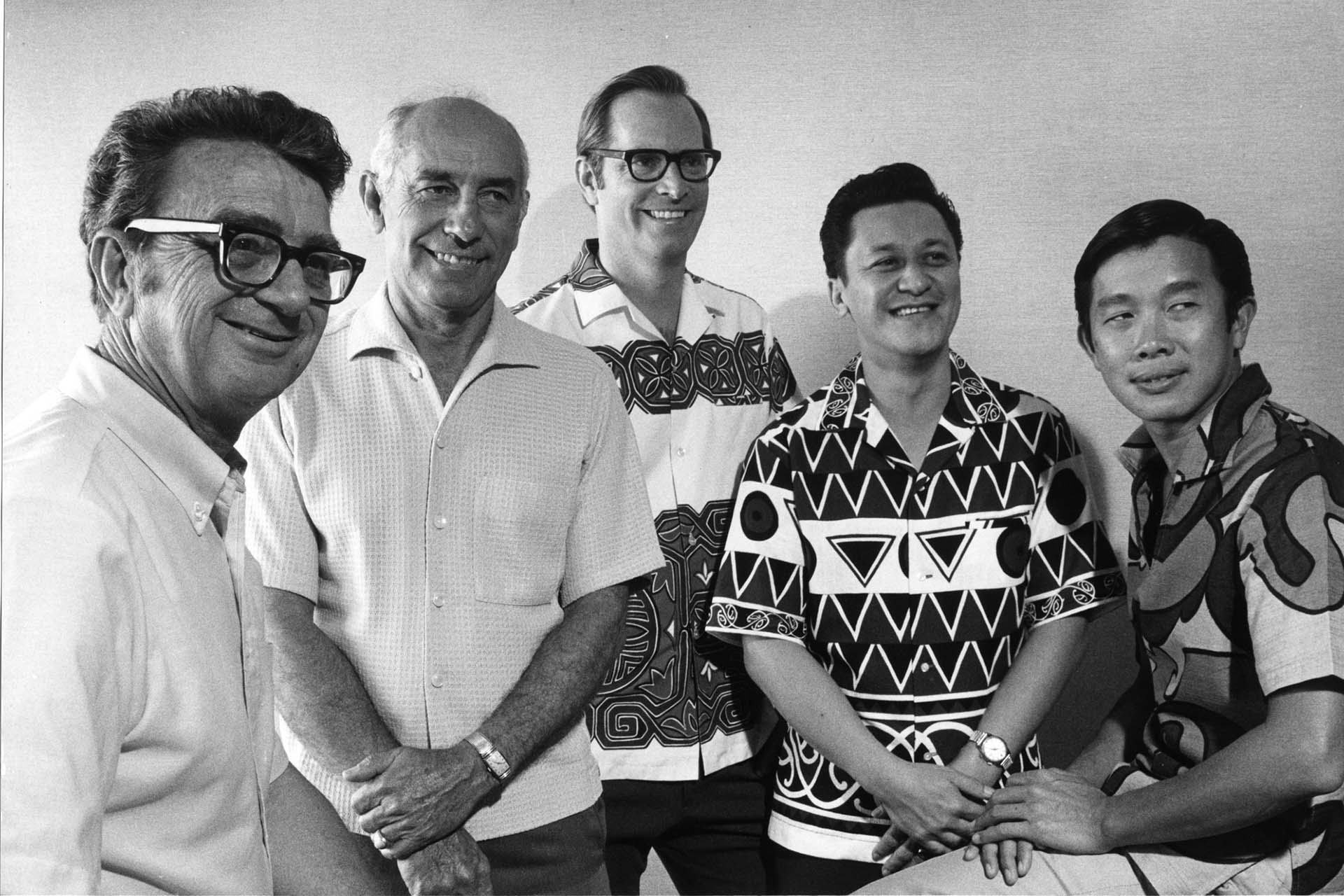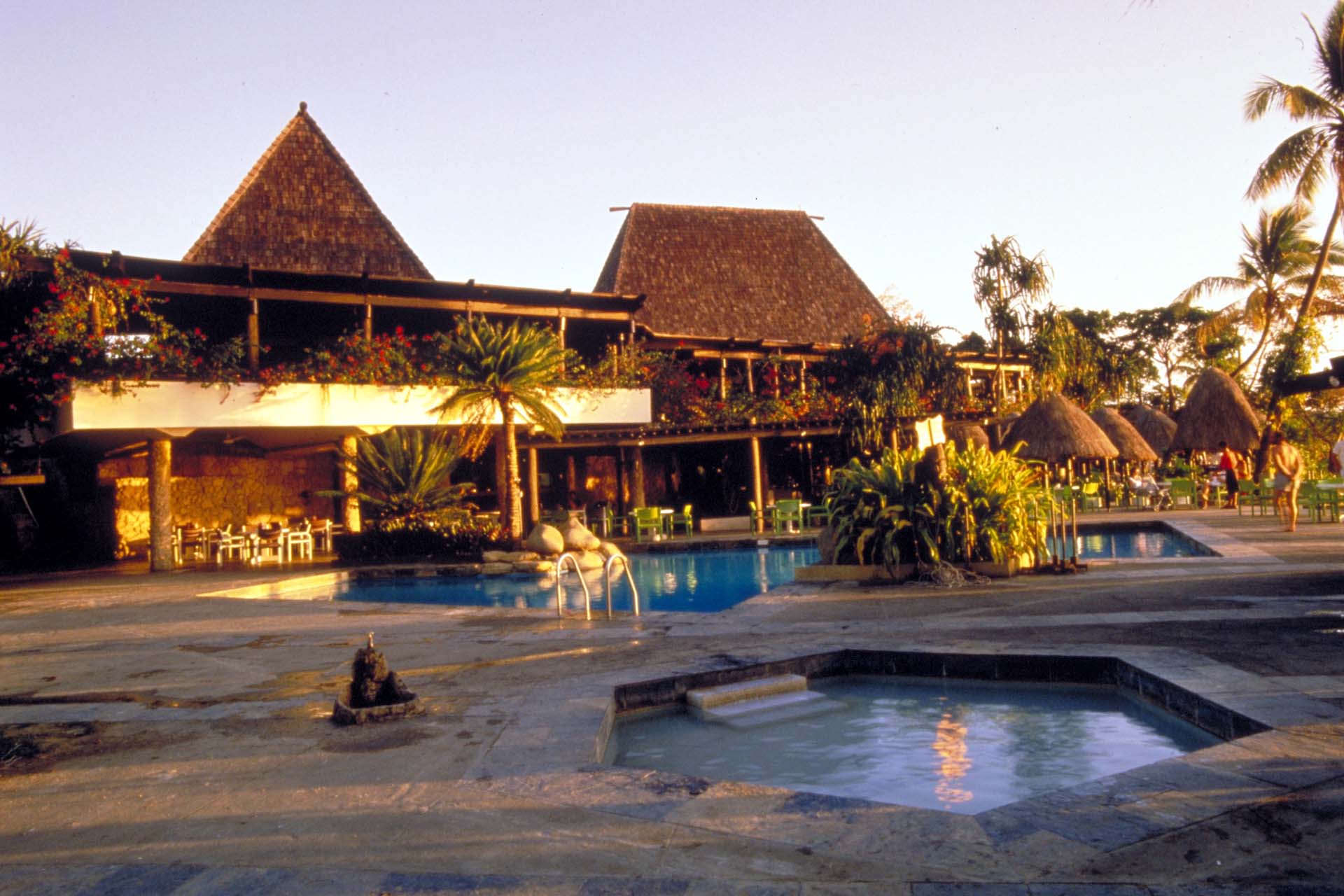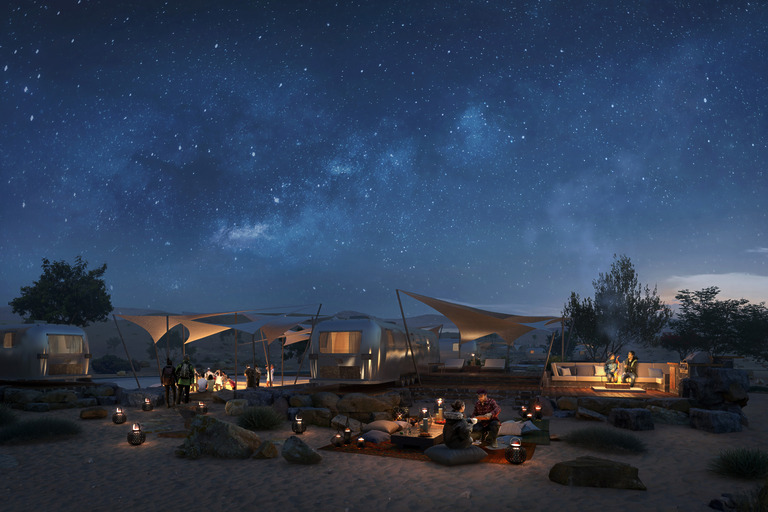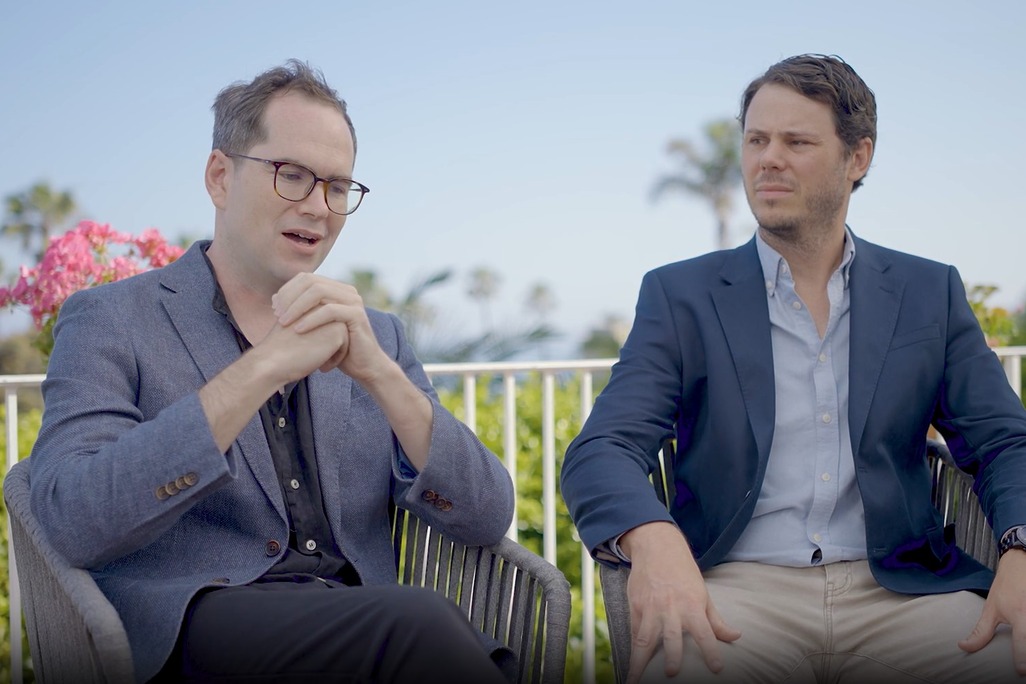Island architects push geographic boundaries
By WATG
May 28, 2015
The following is an interview of Don Goo conducted by Pacific Business News in March of 1993, while he was chairman of WATG. Don talks about how jet travel and technology made it practical to work internationally, and how Pete correctly predicted the expansion of tourism throughout the Pacific.
For Hawaii architects in 1963, doing business was still largely a regional operation, but for our firm it was a time of great excitement, as we were on the cutting edge of pushing geographic boundaries.
Wimberly Allison Tong & Goo Architects founder Pete Wimberly–a visionary in predicting expansion of tourism in the Pacific–had been assertively pursuing opportunities to lead in the opening up of the Pacific Rim. We had pacesetting non-Hawaii projects under way (Pago Pago Intercontinental Hotel in American Samoa and the Fijian Hotel in Fiji), but the pace of the business process and therefore the procedures and ways of thinking were vastly different from those of 1993. I am reminded, for example, of sending cables and waiting a week for a response.

George J. “Pete” Wimberly, George V. Whisenand, Gerald L. Allison, Gregory M.B. Tong, and Donald W.Y. Goo in 1971
Ultimately all this, including other factors, has led to a global perspective–concerning economics, the environment, politics, health and cultural concerns.
Thanks to statehood , jet transportation and advancement in communication technology, the pace of doing business accelerated well beyond our 1960s imaginations, making it practical to conduct business on an international scale. Today, it’s no big thing to talk to clients in Kuala Lumpur, Mexico City and Lisbon; fax them drawings and receive responses by fax, phone and/or voice mail, all in a single day.
Ultimately all this, including other factors, has led to a global perspective–concerning economics, the environment, politics, health and cultural concerns.
In our firm, these changes are reflected in our field of operations (offices in Honolulu; Newport Beach, California; London; Singapore), where we have projects (in more than 50 countries), and in the way we design buildings.
“Old” is OK. “Historic” is great. And now everyone thinks “green.”
Again, technology has changed things–for in stance, the materials we specify; the way we gather, store, and retrieve information: and, particularly, the way we do drawings–by computer-aided design.
Alas, technology has not speeded up the regulatory processes associated with architecture. In Hawaii, population growth–and complexities resulting therefrom–and bureaucracy slow down the design and construction process, contributing to rising construction costs.
Of special interest to us, as designers, is the change in architectural styles. In the ’60s the trend was strongly “modern,” “contemporary.” In the 90s, the focus is on thinking contextually, environmentally, “Old” is OK. “Historic” is great. And now everyone thinks “green.”
In the early years of our firm, we designed in the lean, clean modem mode–but never exclusively. Despite criticism by colleagues, we designed what is often called “grass shack” hotels, which were. in fact, based on tried-and-true principles for their particular climates and cultures.
Today, this is called environmentally and culturally sensitive architecture. Often our grass-shack projects (such as Hotel Bora Bora) were landmarks and still remain high-profile. And among our most warmly received projects of the ’90s are those that hark back to a softer architecture than that which was generally “in” in the ’60s.
One notable example is Hyatt Regency Kauai, a 1990s reflection of a Hawaiian architecture of the ’30s. In this project we used technology of the ’90s together with design elements well proven to be highly appropriate to Hawaii’s climate and people – thus combining the best of both old and new in search of timelessness.
This kind of thinking may well be going on at Pacific Business News as it celebrates 30 years of business in Hawaii–an effort to balance what is learned from the past with application of advanced technology, and to fit comfortably and profitably within a global as well as local context.

Often our grass-shack projects (such as Hotel Bora Bora) were landmarks and still remain high-profile.

Donald W. Y. Goo is chairman of Wimberly Allison Tong & Goo Architects.
As part of our 70th Anniversary celebration, we’ll be revisiting past articles and interviews of our founders and past employees of WATG.
Latest Insights
Perspectives, trends, news.

- News |
- Trends
Interior Design Trends 2025: Emotional, Experiential, and Environmentally Conscious Spaces

- News |
- Trends
Interior Design Trends 2025: Emotional, Experiential, and Environmentally Conscious Spaces

- Strategy & Research |
- Trends
2025 Outlook: WATG Advisory predicts the top hospitality trends.

- Strategy & Research |
- Trends
2025 Outlook: WATG Advisory predicts the top hospitality trends.

- Employee Feature
Unlocking Value & Vision: Guy Cooke & Rob Sykes Discuss WATG Advisory’s Bespoke Approach

- Employee Feature
Unlocking Value & Vision: Guy Cooke & Rob Sykes Discuss WATG Advisory’s Bespoke Approach

- Case Study |
- Design Thinking & Innovation
In Conversation: Marcel Damen, General Manager of Rissai Valley, a Ritz-Carlton Reserve

- Case Study |
- Design Thinking & Innovation
